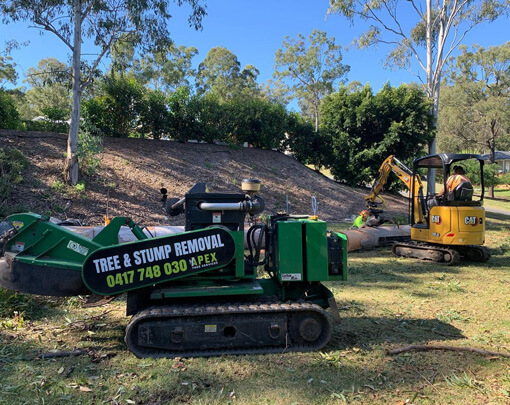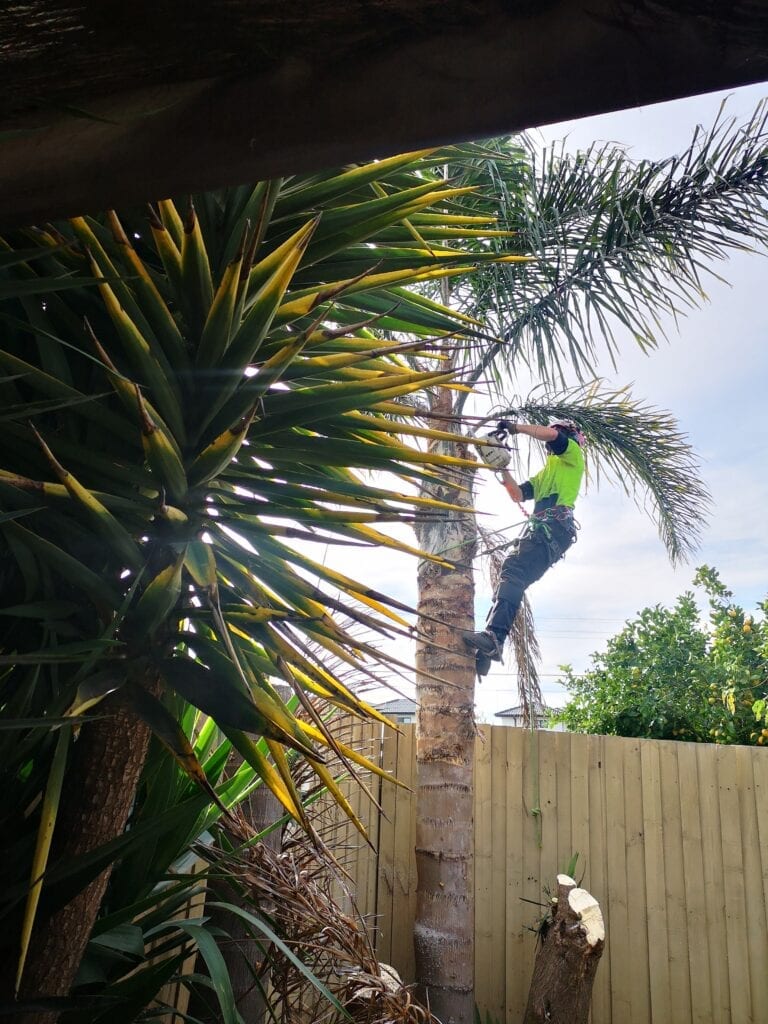All Categories
Featured
The removal of trees can create open spaces that are susceptible to weed invasion. When trees are present, their thick covers frequently color the ground, restricting the amount of sunshine that gets to the soil. After the elimination of trees, these open areas receive boosted sunshine, supplying ideal conditions for weed development.
:max_bytes(150000):strip_icc()/sample-contract-for-removal-jobs-by-tree-services-2130959-hero-26fe7131be0f4a37865a9bca066fa3c6.jpg)
They might suggest the usage of mulch, which acts as a protective obstacle on the soil surface, stopping weed seeds from sprouting and suppressing weed growth.

The presence of trees cultivates an abundant and varied area of soil germs. Tree origins offer a source of organic matter, exudates, and nutrients that support the growth and task of useful soil microbes. However, when trees are gotten rid of, the absence of their roots can disrupt the fragile equilibrium of the soil's microbial ecological community.
How Much Does It Cost To Hire A Tree Removal Wollongong?
This change in pH can impact nutrition schedule, microbial activity, and total soil health and wellness. To resolve the effects of tree reducing on dirt pH, tree elimination specialists can offer valuable advice. They might advise soil screening to assess the current pH levels and identify the required adjustments. Based on the outcomes, professionals can recommend pH adjustment approaches, such as including lime to elevate soil pH or including important sulfur to decrease it.

It describes the compression of soil fragments, leading to minimized pore room and raised soil thickness. This compaction can negatively impact the dirt's capacity to work optimally, affecting its water-holding capability, vitamins and mineral availability, and origin penetration. Appropriate methods utilized by tree removal specialists can aid lessen compaction and preserve the dirt's capability to retain water, and enable appropriate air flow and careful tools handling.
Latest Posts
Who Has The Best Tree Removal Wollongong Area?
Should I Hire A Professional Pressure Washing Contractor?
What Is The Best Tree Cutting Wollongong Service?